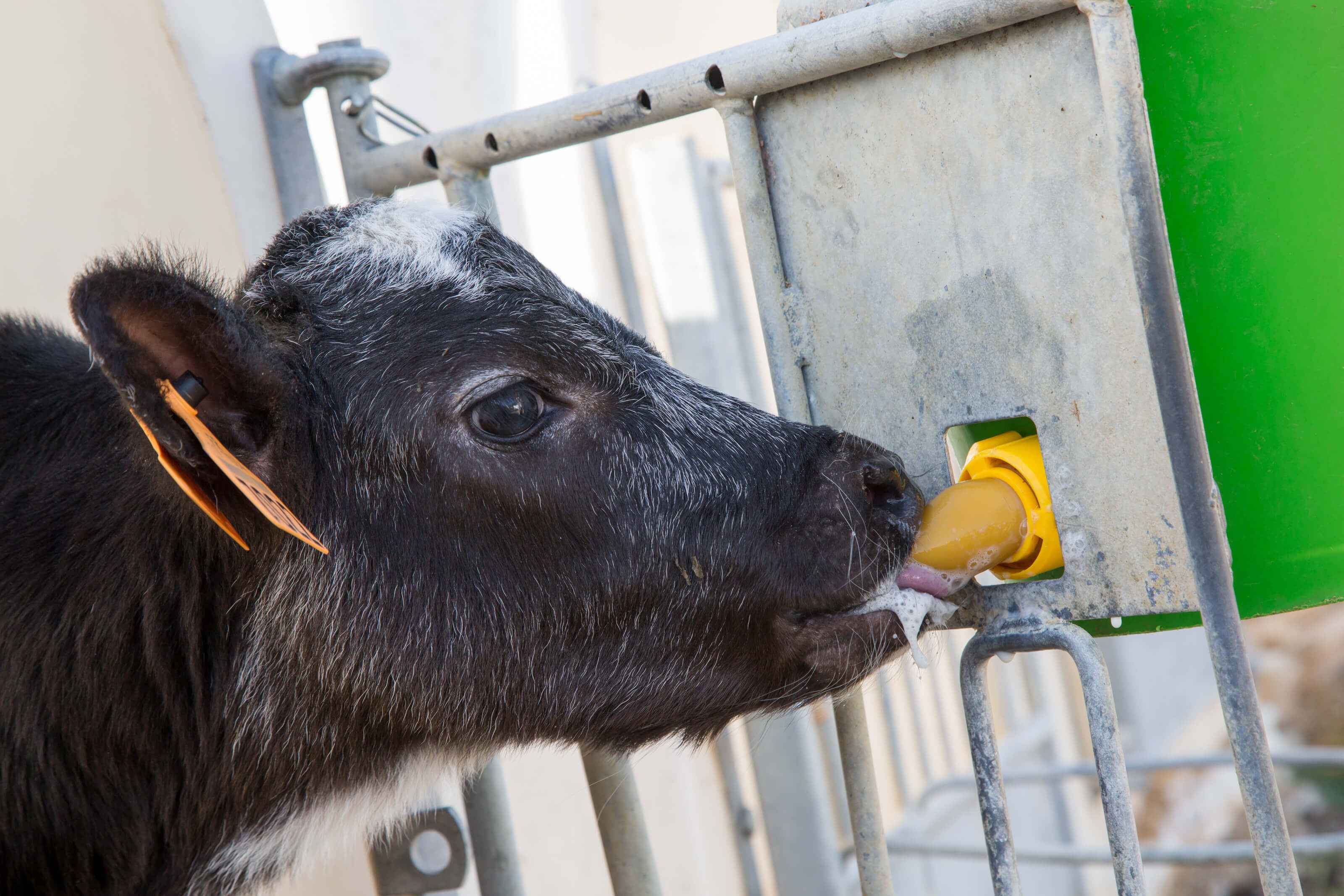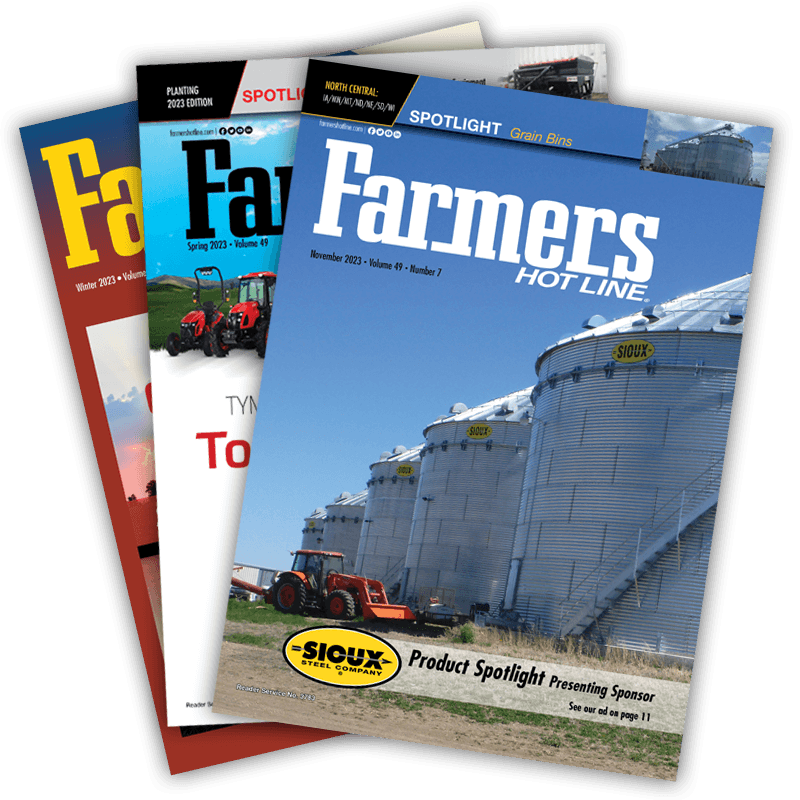Cattle Care That Pays Off
Low-Stress Livestock Handling for Healthier Herds
Weaning is one of the most stressful transitions in a calf’s life. For producers, it’s also one of the most critical times to protect herd health, prevent weight loss and set young animals up for long-term performance. Traditionally, abrupt separation has been the norm, but research shows there’s a better way. Low-stress weaning methods not only safeguard animal welfare, but also improve immune function, reduce shrink and boost profitability.
In today’s cattle industry — where margins are tight and buyers demand both performance and animal welfare — “weaning with ease” is more than good husbandry. It’s smart business.
The Science Behind Weaning Stress
When calves are suddenly separated from their mothers, their bodies react with a cascade of stress responses. Cortisol levels can spike up to 150% within three days, triggering systemic changes that suppress immune function. Stress alters the neutrophil-to-lymphocyte ratio, lowers lymphocyte activity and makes calves more vulnerable to respiratory diseases such as Bovine Respiratory Disease.
At the same time, stressed calves produce more acute-phase proteins such as haptoglobin, signaling inflammation that persists long after separation. Reduced levels of lactoferrin — a protein critical to iron metabolism — further compromises immune defenses. The result? Calves that are slower to adapt, more likely to fall ill and less efficient in converting feed to gain.
Proven Methods
Fenceline Weaning:
Research from Oklahoma State University shows that calves weaned across a sturdy fence, while maintaining sight and sound of their dams, gained 1.5 pounds per day. By comparison, calves separated abruptly gained 0.85 pounds per day. They vocalized 70% less, spent more time eating and adapted more quickly to solid feed.
Two-Step Weaning:
Anti-suckling devices (nose flaps) allow calves to remain with their mothers while preventing nursing for 4 to 7 days before separation. This gradual approach eases the transition, reduces stress hormones and avoids the weight loss seen with abrupt weaning.
Short-Term Separation:
Some operations use repeated 24-hour separations followed by reunification before final weaning. While not as effective as fence line methods, studies show this approach outperforms abrupt separation and requires less infrastructure investment.
Advantages of Low-Stress Weaning
The benefits extend well beyond calmer cattle. Traditional abrupt weaning can result in 8% shrink within the first 24 hours, with recovery taking up to three weeks. By contrast, calves weaned with low-stress techniques lose 2 to 4% less weight and regain it 5 to 10 days faster. For a 500-pound calf, that’s roughly 15 pounds of retained weight — translating into $20 to $30 per head at current market prices.
Health cost savings are equally notable. Preconditioned calves that undergo low-stress weaning show treatment cost reductions of nearly $30 per head and 3% lower mortality. For large herds, those numbers quickly add up.
Handling Principles That Reduce Stress
Low-stress weaning isn’t just about the method of separation. How cattle are handled during the process makes all the difference.
- Understand Cattle Behavior: Cattle are prey animals. They prefer moving in small groups (2 to 5 head), maintain visual contact and naturally move toward light. Understanding these instincts can help handlers move cattle calmly and predictably.
- Flight Zone & Point of Balance: The flight zone — the animal’s personal space — varies from 5 to 25 feet. Handlers should work just at the edge of this zone. Movement behind the shoulder encourages forward motion, while stepping ahead causes retreat.
- Pressure and Release: Popularized by stockmanship experts Bud Williams and Temple Grandin, this method applies light pressure to initiate movement and then immediately releases it once the animal responds. It builds trust while maintaining control.
- Quiet Handling: Loud voices, rushing or overuse of electric prods elevate stress and create negative associations. Calm, steady movement produces better outcomes for both animals and handlers.
Facility Design for Success
Well-designed facilities can reduce stress by 50% or more. Practical upgrades include:
- Curved alleys: that encourage forward motion by tapping into cattle’s natural circling behavior.
- Solid-sided chutes: to minimize distractions.
- Non-slip flooring: with proper drainage to prevent injuries.
- Adequate space: should allow for 20 square feet per cow, 14 per calf — for comfort and safe flow.
- Good lighting: to reduce balking at shadows.
Even modest facility adjustments can yield noticeable improvement.
Preconditioning: Building Calf Resilience
Low-stress weaning works best when paired with preconditioning programs 4 to 6 weeks before separation. Effective preconditioning includes:
- Vaccinations: while calves are still with their mothers, when stress is lower.
- Feed bunk training: so calves transition smoothly to solid diets.
- Water system familiarization: to prevent dehydration.
- Gradual dietary changes: that protect digestive health.
Calves weaned for at least 45 days before sale show significantly reduced morbidity and healthcare costs compared to those weaned and shipped immediately. Buyers recognize this value and often pay premiums for preconditioned calves.

Measuring Success
Producers can track their weaning program’s effectiveness with key indicators:
- Reduced vocalization during and after separation.
- Calves return to normal feeding behavior within 24 to 48 hours.
- Minimal shrink and faster weight recovery.
- Lower treatment costs for stress-related illnesses.
- Safer, calmer handling experiences for both cattle and people.
Meeting Market Demands
Consumer and buyer expectations are evolving. More packers and feeders are seeking cattle from operations with documented animal welfare and low-stress handling practices. Implementing these strategies not only improves on-farm performance but also strengthens market access and reputation.
Smart Business, Healthier Herds
Low-stress weaning is not just about making life easier for calves. It’s a holistic management choice that pays dividends in healthier animals, better weight retention, lower veterinary costs and improved profitability.
For producers looking to align herd health with economic efficiency, the path forward is clear: respect natural cattle behavior, implement science-backed handling practices and wean with ease.
In an industry where every pound and every calf counts, low-stress handling is more than a trend — it’s the foundation of sustainable, profitable beef production.


